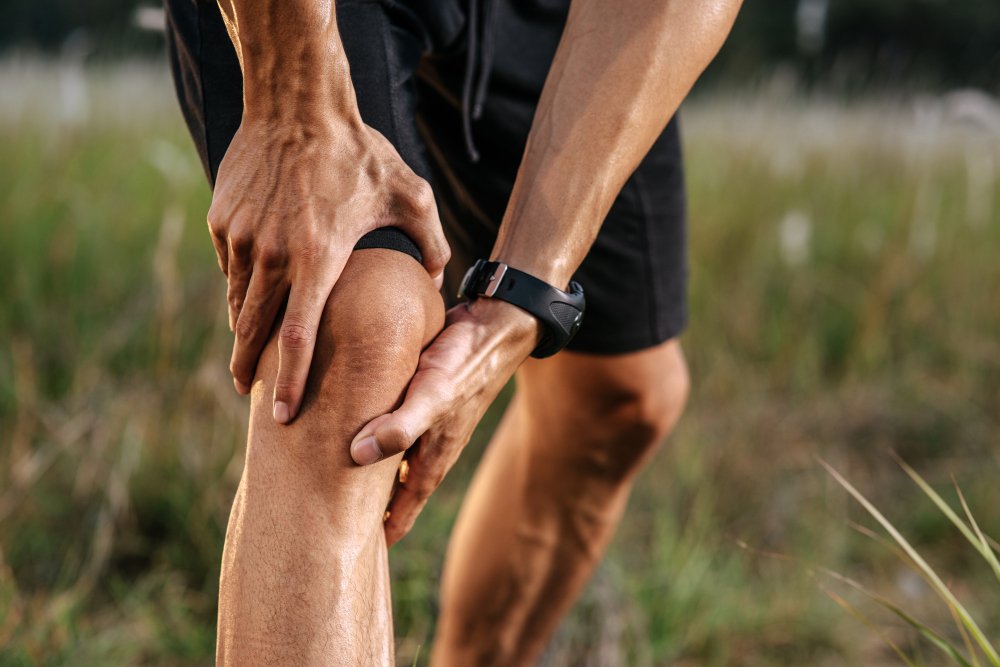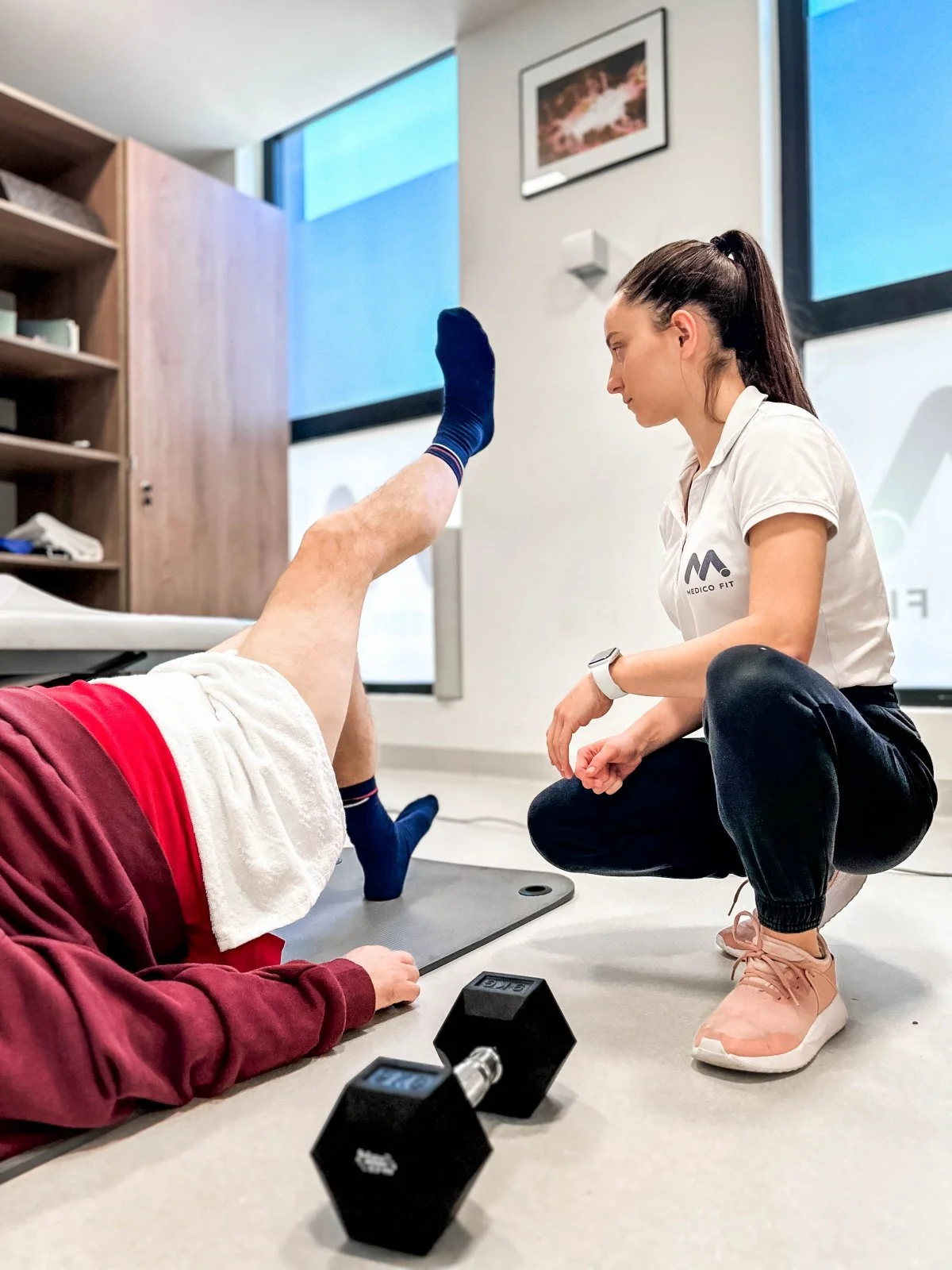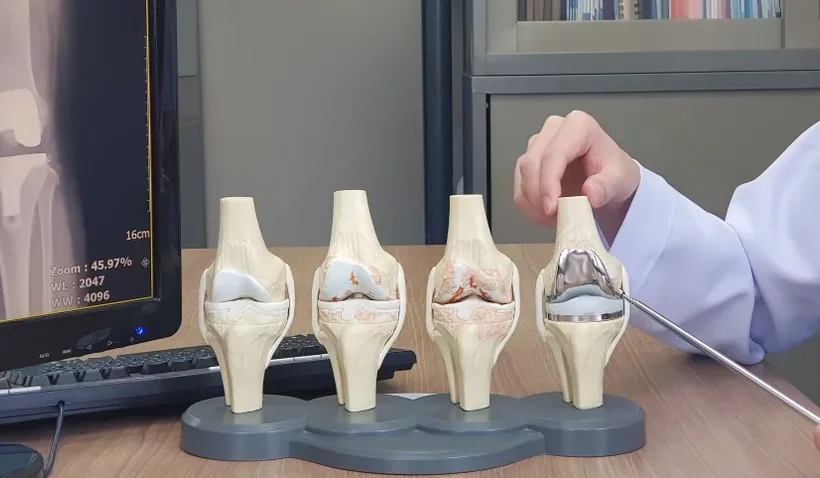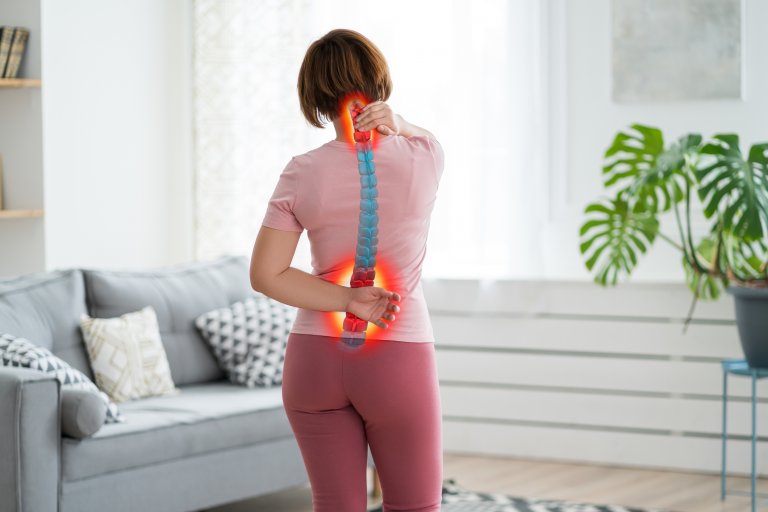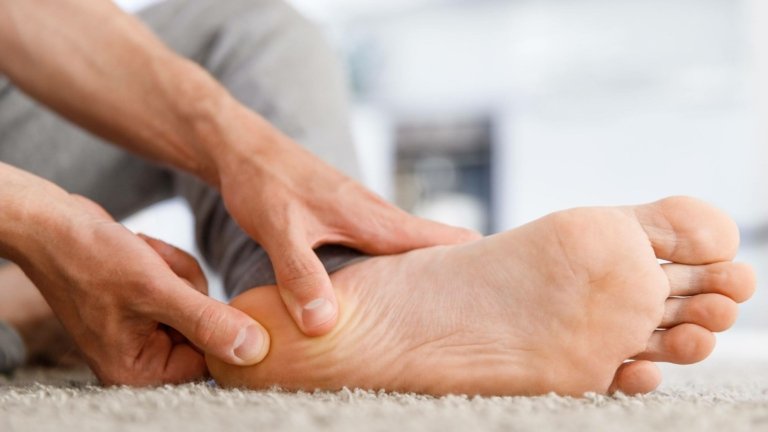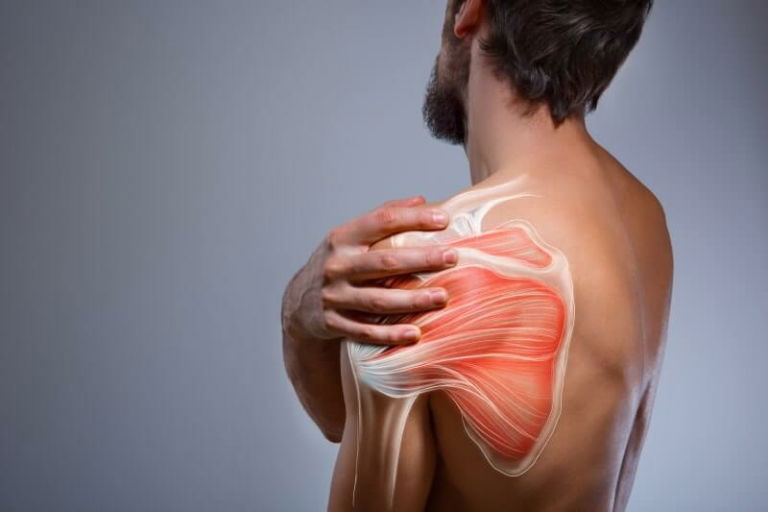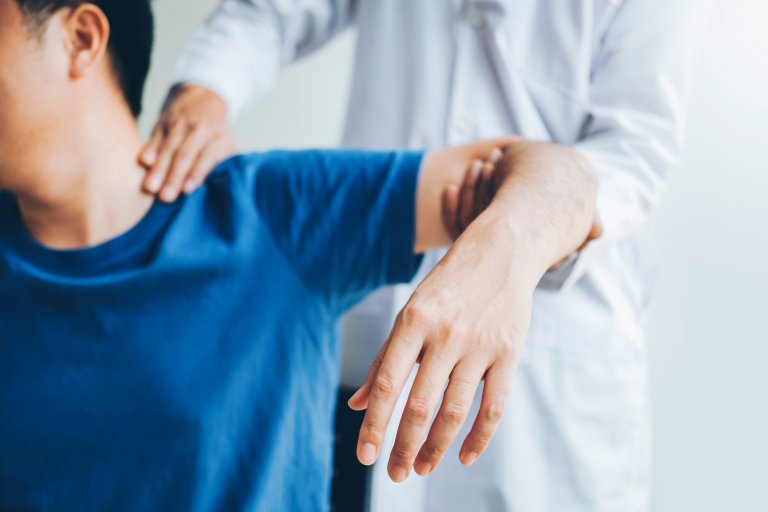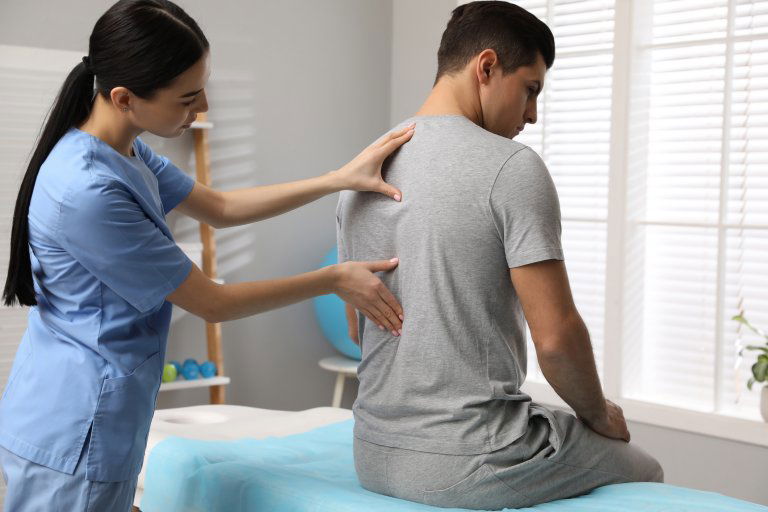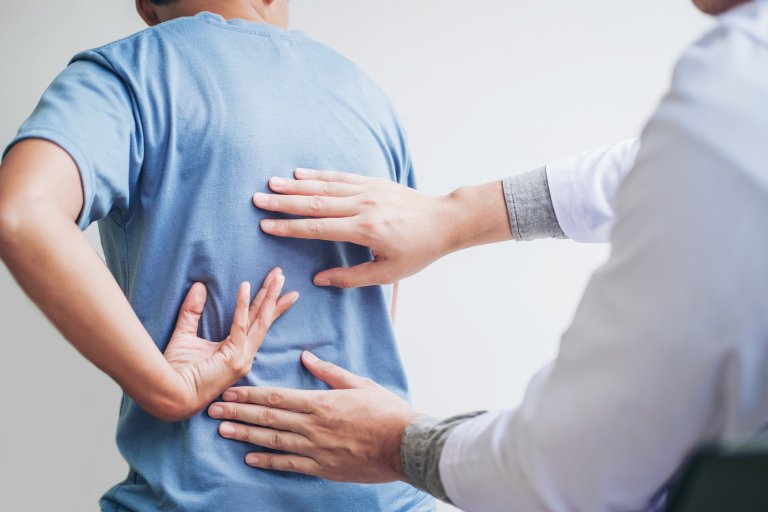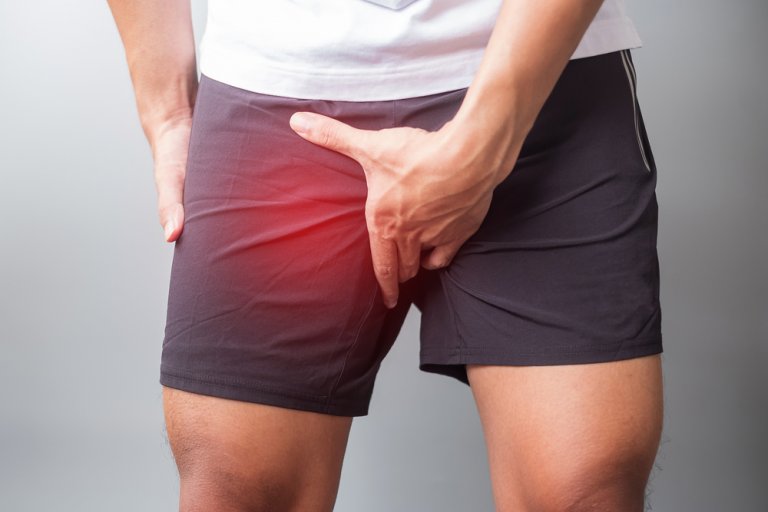Arthrosis (also called osteoarthrosis) is the most common degenerative joint disease that affects the cartilage of the joint surfaces. Cartilage, with its smooth surface, allows bones to smoothly slide during movement, so the deterioration of articular cartilage leads to wear and deformation of the joint, which can be accompanied by severe pain. It can affect any joint in the body, but it most often occurs in joints that are under heavy load – these are primarily the knee, hip, spine, and fingers. If osteoarthrosis (join wear and tear) is accompanied by inflammation of the joint and surrounding tissues, this condition is called osteoarthritis.
It occurs mainly in the elderly population over the age of 50 and reaches a peak incidence over the age of 70. The annual incidence is estimated at more than 1,000 people per 100,000 population, affecting twice as many women as men. The main risk factors for developing arthrosis are age, being overweight, previous joint injuries, and genetic predisposition.
In the treatment process, the problem of long waiting lists for the start of specialised physiotherapy treatment is becoming increasingly common. In 10% to 30% of patients, arthrosis leads to significant disability, which significantly reduces the quality of life, so never delay getting an examination.
Symptoms of arthrosis vary from individual to individual and depend on the type of joint and the degree of damage. The most common symptoms are:
- joint pain (worse in the morning and when under greater load),
- joint stiffness (primarily in the morning, when the joint is not yet warmed up),
- reduced range of motion (due to joint deformities),
- reduced muscle strength (due to pain and limited mobility),
- joint swelling (as a result of an inflammatory process),
- joint deformity (irreversible change in the structure and shape of the bone).
The key to treating arthrosis is setting an appropriate diagnosis by conducting a clinical examination of the joints and additional imaging studies. In most cases, arthrosis (wear and formation of new bone projections – osteophytes) is clearly visible on X-rays. Additionally, or in the initial stages, when new bone projections have not yet formed (osteophytes), magnetic resonance imaging (MRI) is recommended to assess the degree of cartilage degeneration and the involvement of other articular tissues.
Arthrosis is a chronic, progressive disease, meaning that without an appropriate treatment approach, the function of the affected joints continuously deteriorates. Specialised physiotherapy at MEDICOFIT clinic includes individualised treatment of arthrosis, tailored to the patient’s symptoms and arthrosis characteristics. With comprehensive physiotherapy for osteoarthritis, we improve the patient’s quality of life, slow down the progression of the disease, and successfully reduce the symptoms.
Comprehensive arthrosis treatment in our clinic is done in four phases:
- Diagnostic therapy – A physiotherapist specialist for degenerative conditions performs clinical testing of the affected joint and assesses the progression of arthrosis, typical limitations, symptoms, and determines specifications for comprehensive arthrosis treatment in our clinic.
- Acute physiotherapy – In the first phase of treatment, physiotherapy experts, using advanced technology and special exercises, focus on reducing pain, improving joint function, and strengthening muscle strength. During individualised special therapeutic training, we use state-of-the-art devices for physiotherapy treatment.
- Post-acute kinesiology – Kinesiology experts will prepare an individual training programme for you, which aims to optimise joint function, strengthen muscles, and reduce stress on the affected joint. This is crucial for protecting the joint and preventing the development of deformities.
- Preventive kinesiotherapy – Treating arthrosis is a long-term process, so we have prepared a special post-rehabilitation programme for you in our clinic, aimed at reducing the progression of your arthrosis and ensuring long-term maintenance of the optimal functional state of your body.
